Category: How To
-
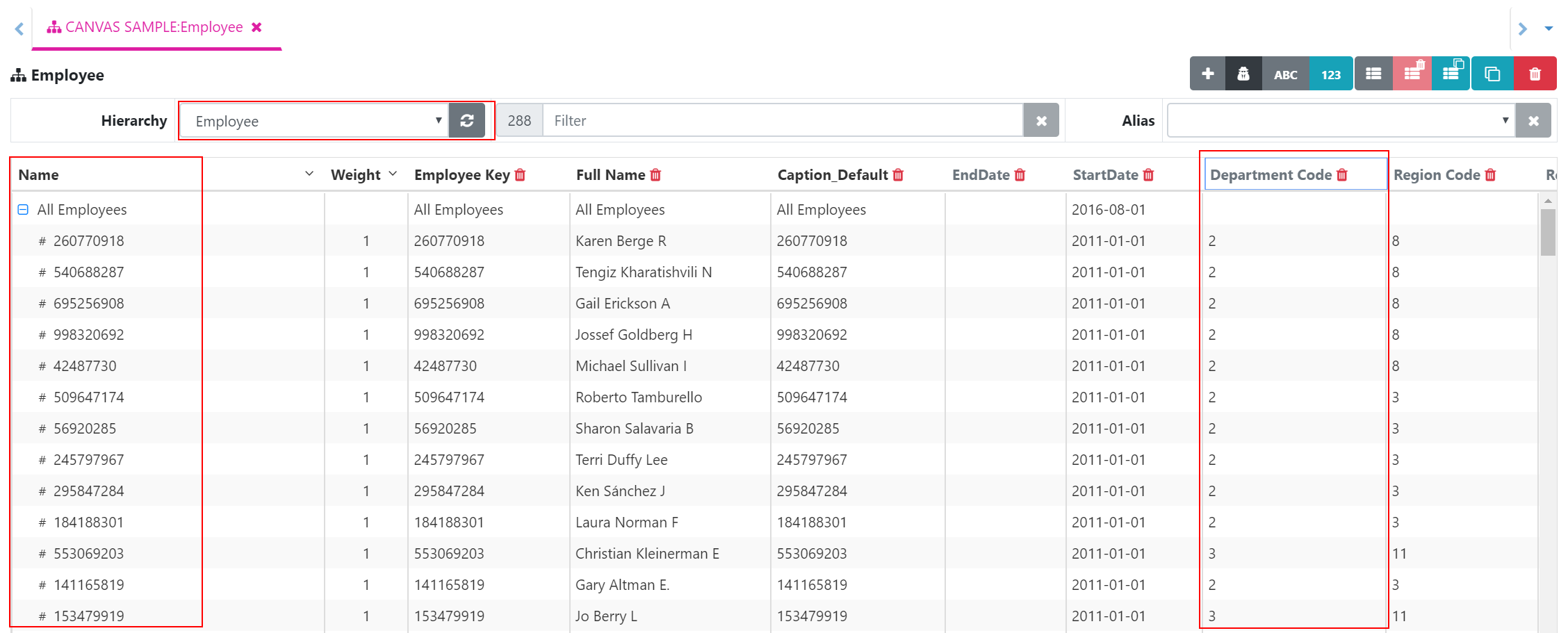
Building a new Hierarchy with a new process
In this article you will learn how to build a new Hierarchy based on attribute values.
-
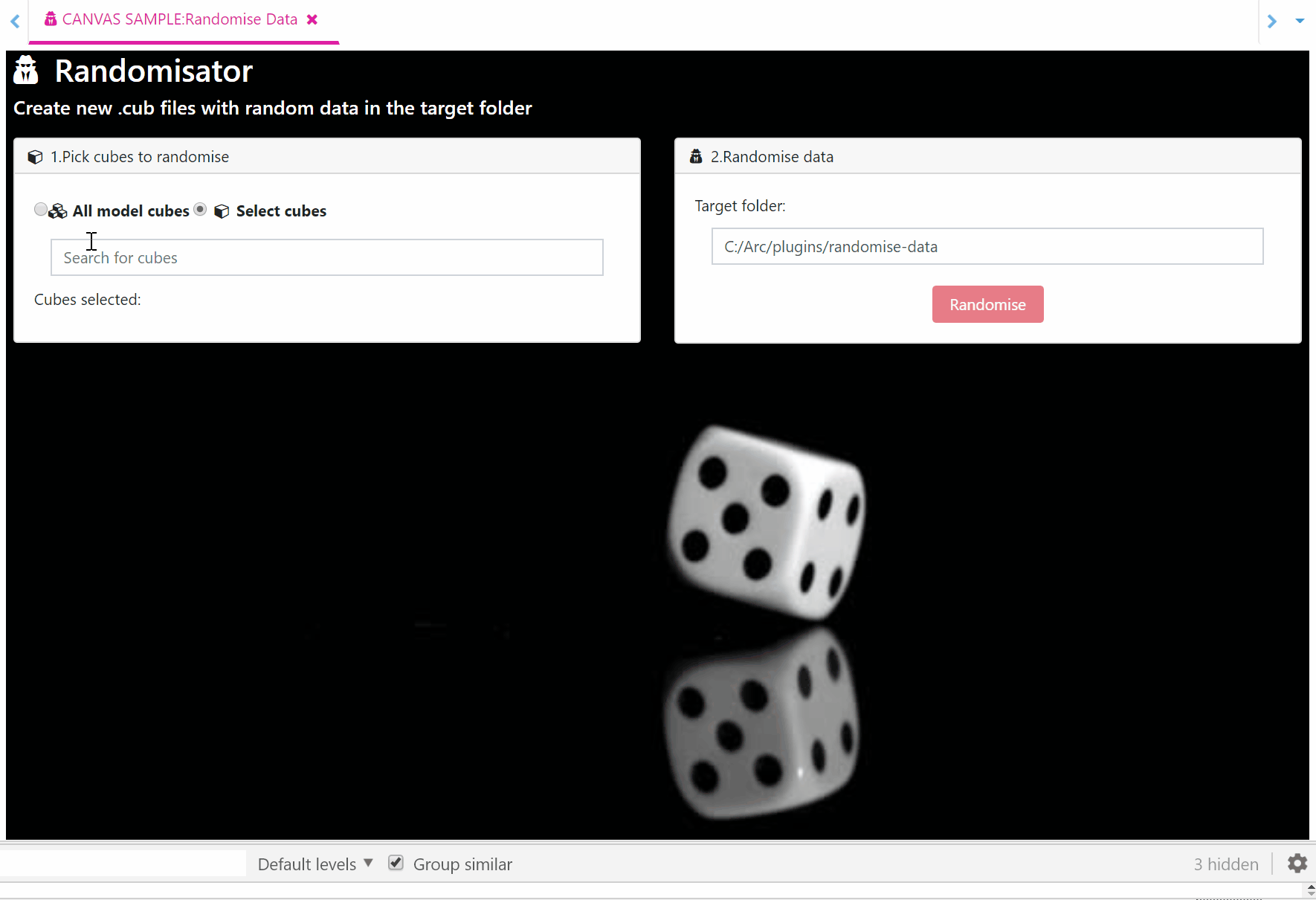
Randomise your data in an instant
The most common reason why you would need to obfuscate/scramble your data is if you need to send your data to third parties. One way to do it, is to randomize the values. The metadata (cubes, dimensions and elements names) will still be intact but the data will be randomised.You could do it manually by…
-

Run processes in parallel using only one TM1 connection
Being able to run processes in parallel is one of the most powerful features of IBM TM1 and Planning Analytcs. Instead of loading one year of data with one process, you could run in parallel one process per month which will significantly speed up your loading time!
-
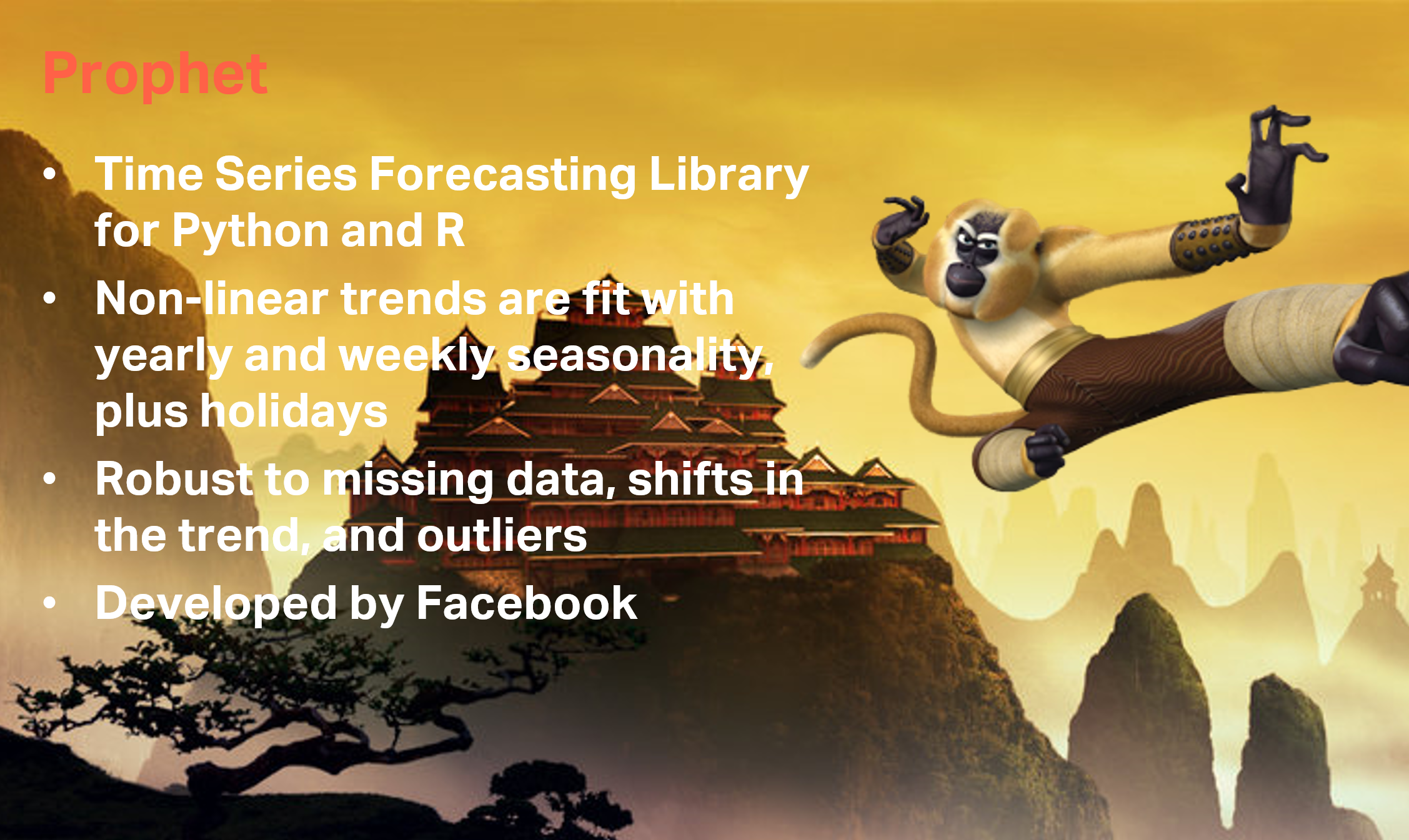
Automate your daily forecast with Prophet
What is Prophet?
-
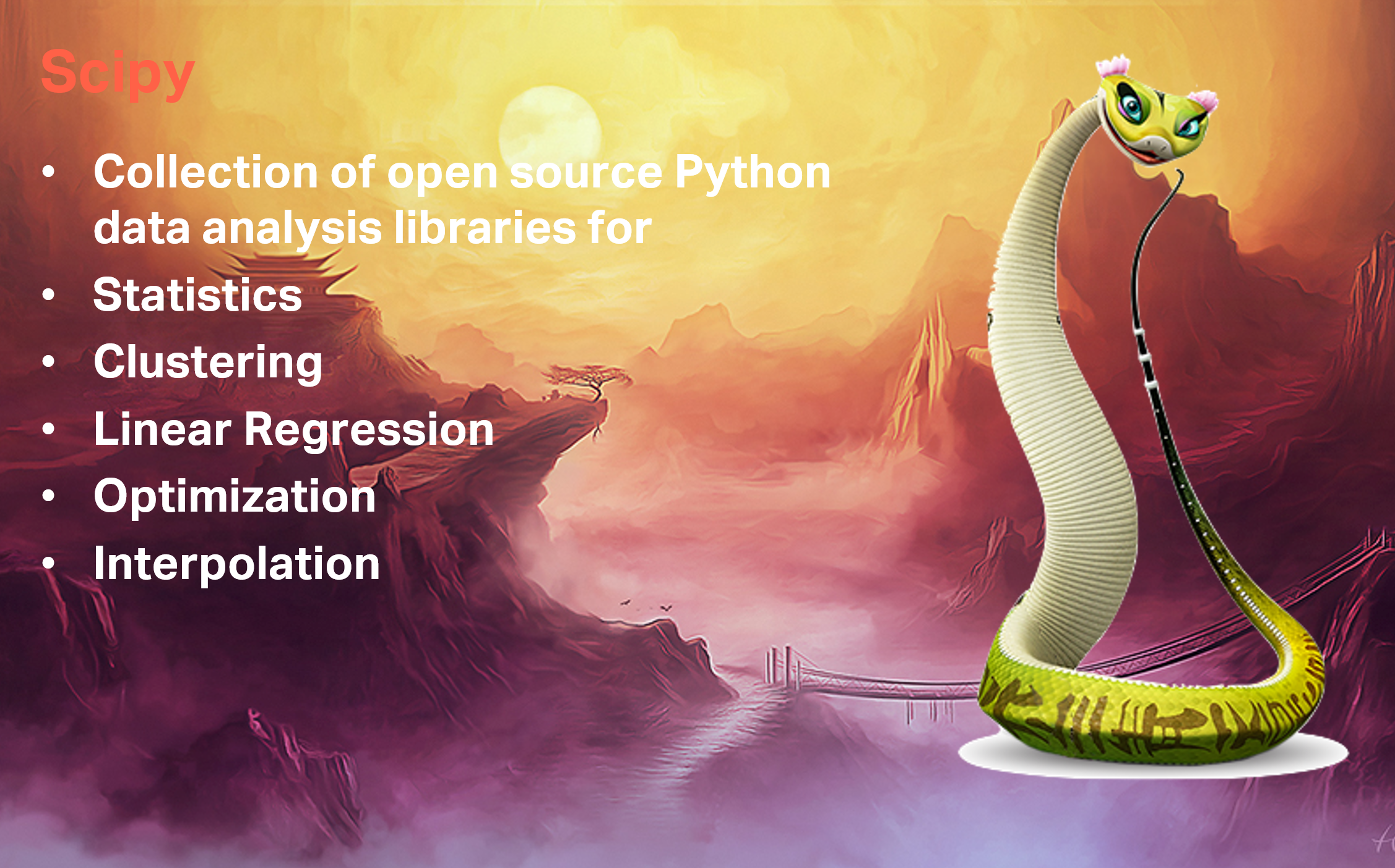
Optimization with TM1 and Planning Analytics
What is Scipy?
-

Classification and Regression with Scikit-Learn and TM1
A very good example has been done by one of our colleague Nicholas Renotte, you can find all the step through in this blog post:
-
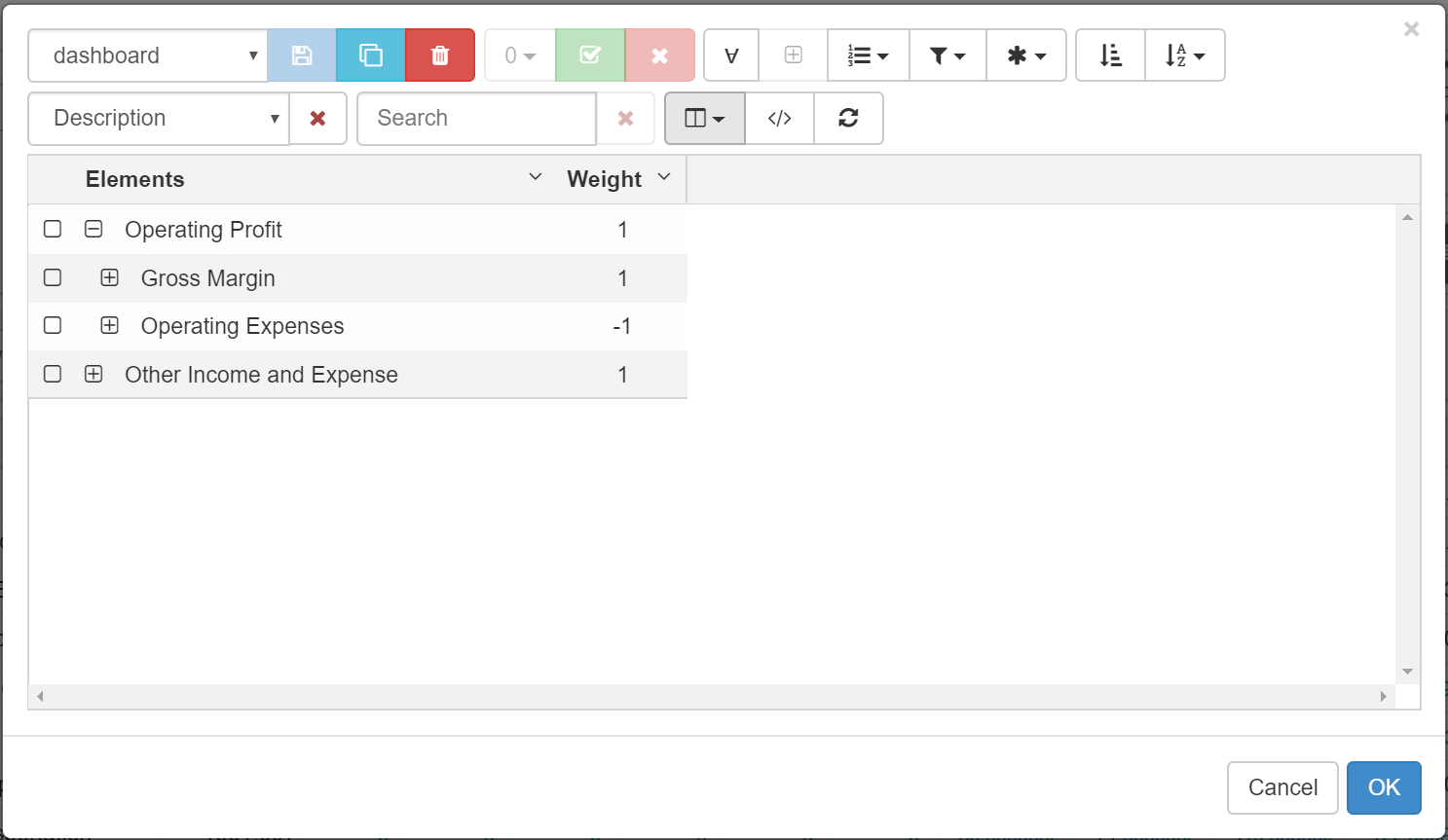
Using the Canvas subset editor
Like the cube viewer, the Canvas subset editor (introduced in v3.0.1), is built to generate MDX set expressions. Most of the functionality should be familiar to what you have experienced in Architect or Perspectives: all elements, filtering, ordering, etc.
-
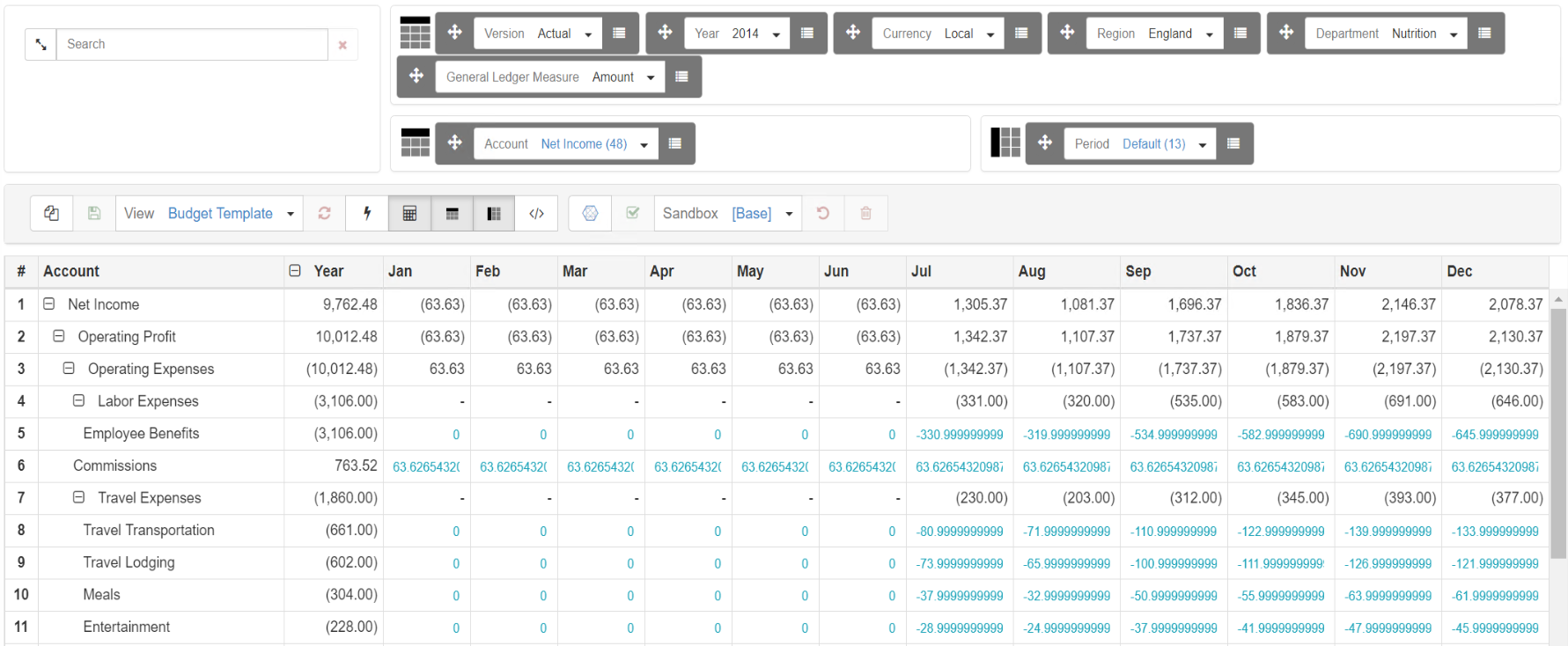
Using the Canvas cube viewer
Canvas v3.0.1 introduces a new cube viewer to explore your cubes. The new cube viewer supports both native and MDX views.
-

Using Sandbox with Canvas
A sandbox is your personal workspace where you can write data without interferring the base data. Canvas v3.0.1 introduces support to TM1 and Planning Analytics sandbox. All sandbox’s operation are now available in Canvas such as Create, Publish, Discard or Delete:
-
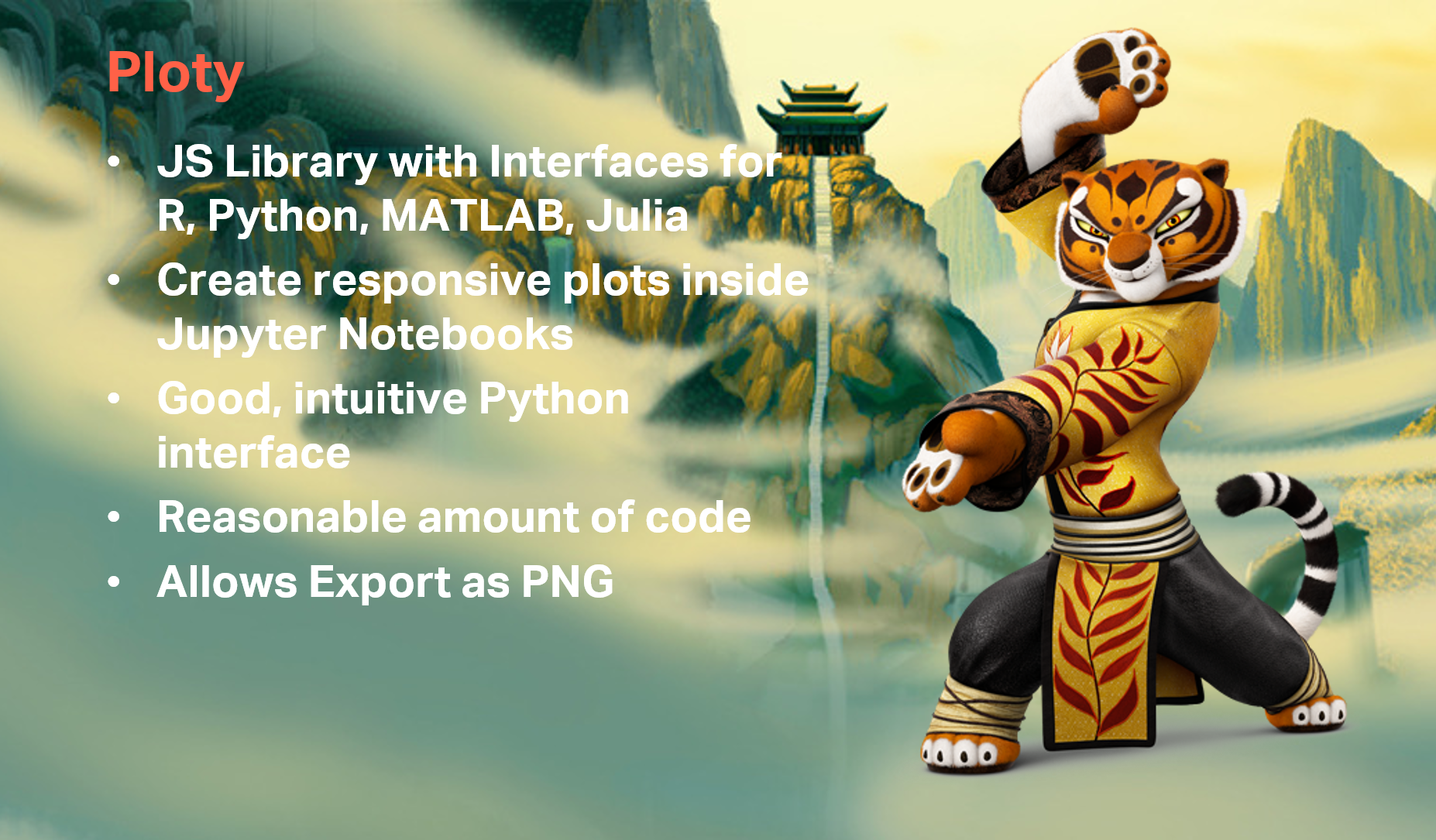
Create responsive plot chart with Ploty
What is Ploty?